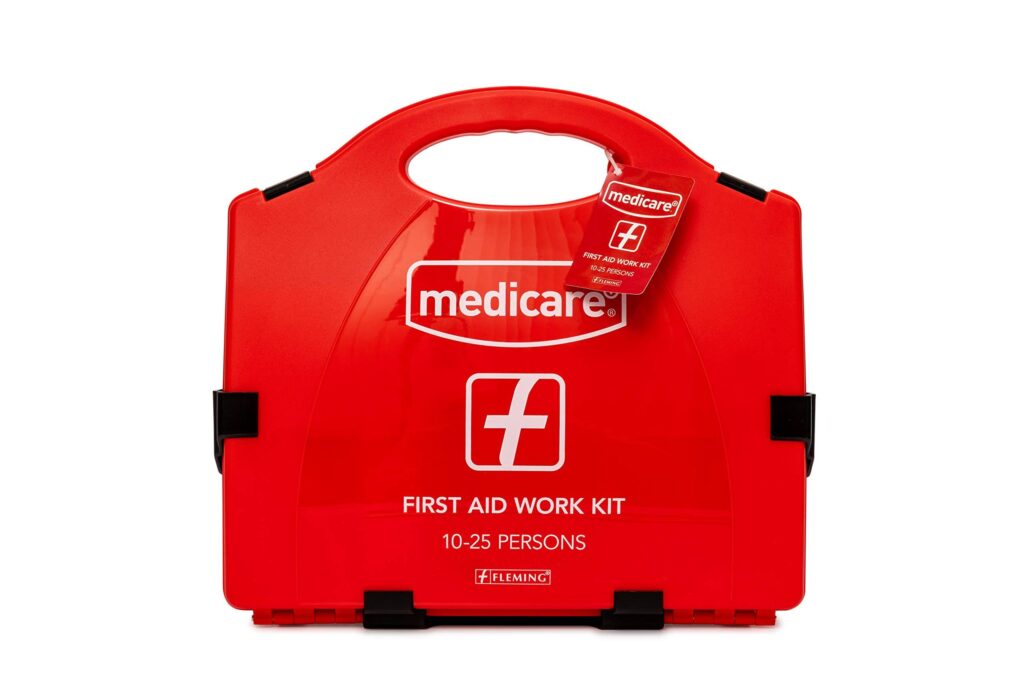As Medicare and Medicaid mark six decades since their inception, these landmark programs continue to shape the landscape of American health care. Established in 1965 as part of President Lyndon B. Johnson’s Great Society initiatives, Medicare and Medicaid have provided millions of seniors, low-income families, and vulnerable populations with essential access to medical services. The Medicare Rights Center, a leading advocacy organization, reflects on the transformative impact of these programs and the ongoing challenges they face amid evolving healthcare demands. This milestone invites a critical examination of Medicare and Medicaid’s legacy, their role in today’s system, and the future reforms needed to ensure equitable and sustainable health care for all.
Medicare and Medicaid Evolution Shaping America’s Healthcare Landscape
Over the past six decades, the twin pillars of Medicare and Medicaid have undergone transformative changes that reflect the shifting priorities and demographics of the American population. Initially designed to provide health coverage for seniors and low-income individuals, both programs have expanded their reach, adapting to advancements in medical technology and addressing emerging public health challenges. Key reforms have aimed at improving accessibility, affordability, and quality of care, demonstrating the government’s ongoing commitment to protect vulnerable populations amid an evolving healthcare environment.
Notable trends shaping this evolution include:
- Expansion of Benefits: Inclusion of prescription drug coverage and preventive services.
- Integration of Services: Enhanced coordination between Medicare and Medicaid to reduce fragmentation.
- Focus on Social Determinants: Increasing attention to factors like housing and nutrition that impact health outcomes.
| Year | Major Milestone | Impact |
|---|---|---|
| 1965 | Medicare & Medicaid Established | Provided coverage for seniors & low-income Americans |
| 2003 | Medicare Part D Introduced | Added prescription drug benefits |
| 2010 | Affordable Care Act | Expanded Medicaid, enhanced program coordination |
Addressing Current Challenges in Medicare and Medicaid Access and Coverage
Despite decades of progress, significant barriers persist that impact the ability of millions to gain timely and adequate access to Medicare and Medicaid benefits. Complex eligibility requirements, administrative delays, and disparities in outreach often leave vulnerable populations-such as low-income seniors, individuals with disabilities, and rural residents-either unaware or unable to fully utilize available services. Additionally, ongoing policy shifts and funding uncertainties create an unstable environment, complicating the enrollment process and contributing to coverage gaps that can exacerbate health inequities.
Key challenges continue to shape the landscape of coverage, including:
- Inconsistent state-level Medicaid expansion, which creates a patchwork of eligibility rules nationwide.
- Rising out-of-pocket costs that undermine affordability, even for those enrolled.
- Limited provider networks leading to reduced access to specialists and essential services.
- Technological barriers that disproportionately affect older adults in navigating online enrollment systems.
| Challenge | Impact | Potential Solution |
|---|---|---|
| Eligibility Complexity | Enrollment delays, coverage gaps | Simplification of application processes |
| State Variability | Unequal access across regions | Federal standards for coverage |
| Affordability | Increased financial strain | Enhanced cost-sharing protections |
| Technological Barriers | Exclusion of vulnerable populations | Hybrid in-person and digital support |
Policy Recommendations to Strengthen Medicare and Medicaid for Future Generations
To safeguard the future of Medicare and Medicaid, targeted policy action is essential. Expanding coverage options, increasing funding for preventive care, and enhancing support for home- and community-based services would not only improve health outcomes but also reduce long-term costs. Policymakers must prioritize addressing disparities by tailoring programs to better serve underserved communities, ensuring equitable access to care across racial, economic, and geographic lines. Strengthening consumer protections against surprise billing and promoting price transparency will empower beneficiaries to make informed health decisions while curbing excessive healthcare expenditures.
Additionally, investment in innovation and streamlined administrative processes can significantly enhance program efficiency. Consider the following key priorities:
- Integrate Advanced Data Systems: Enhance interoperability between federal and state databases to better track health outcomes and spending.
- Support Workforce Development: Train and retain healthcare professionals specialized in geriatrics and chronic care management.
- Promote Value-Based Care Models: Shift from volume-driven reimbursement to rewarding patient-centered outcomes.
| Policy Area | Projected Benefit | Impact Timeline |
|---|---|---|
| Preventive Services Expansion | Decrease chronic disease rates | 3-5 years |
| Home and Community Support | Lower institutional care costs | 5-7 years |
| Data System Integration | Improved care coordination | 2-4 years |
To Wrap It Up
As Medicare and Medicaid mark six decades since their inception, their enduring impact on America’s health care landscape remains unmistakable. These landmark programs have not only expanded access to essential medical services for millions but have also continually evolved to meet the changing needs of the population. While challenges persist, the legacy of Medicare and Medicaid underscores the importance of ongoing reform and innovation in achieving equitable and sustainable health care for all. As the nation looks ahead, the lessons of the past 60 years will be crucial in shaping the future of health policy and ensuring that these vital programs continue to serve as pillars of support for generations to come.
